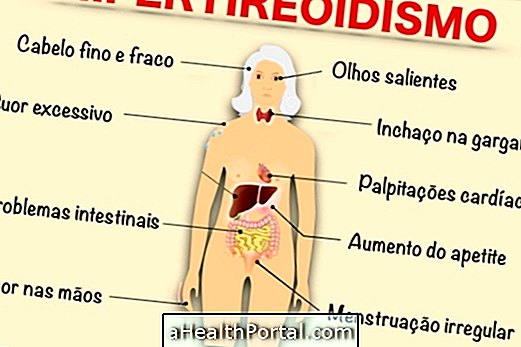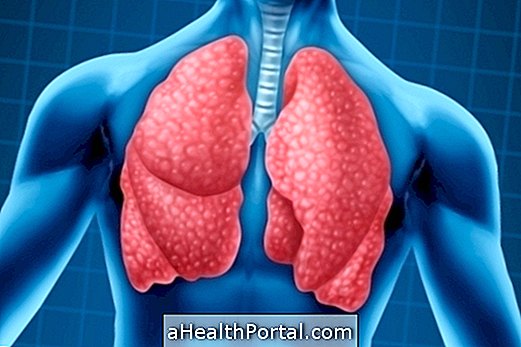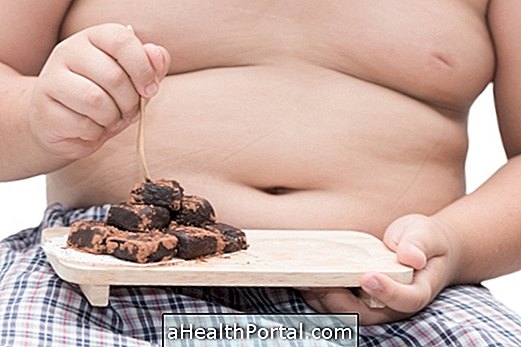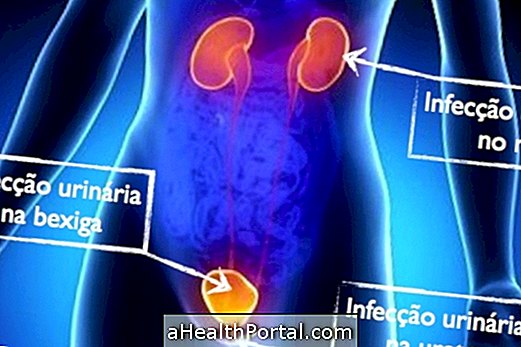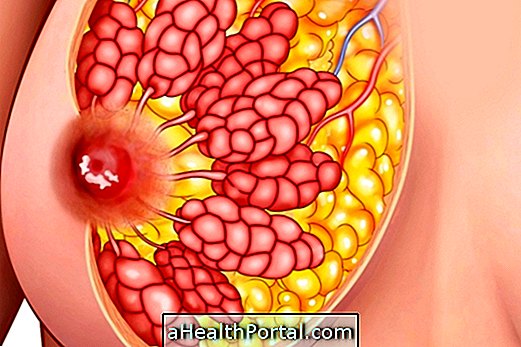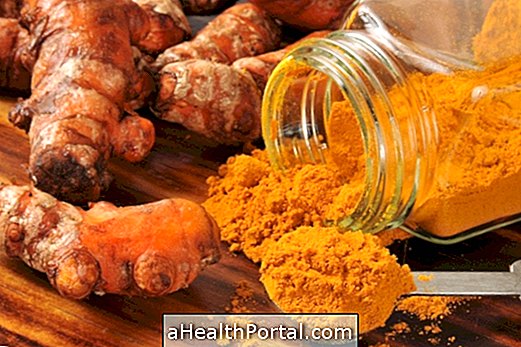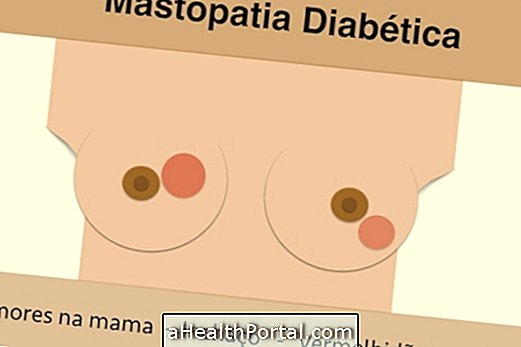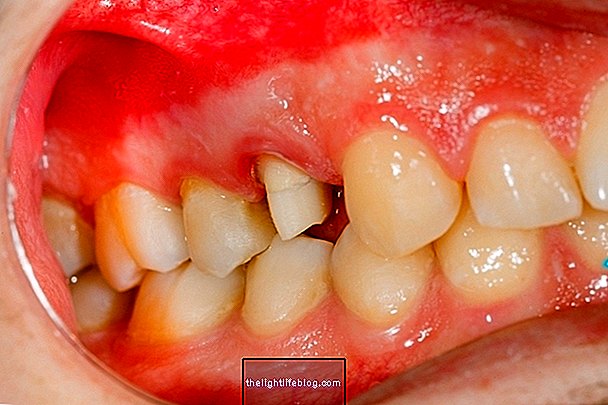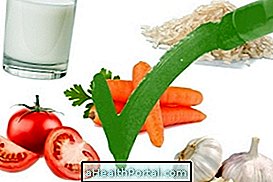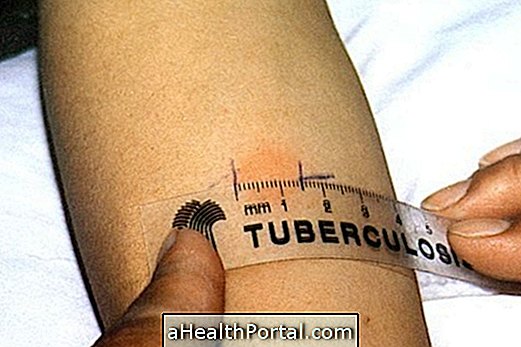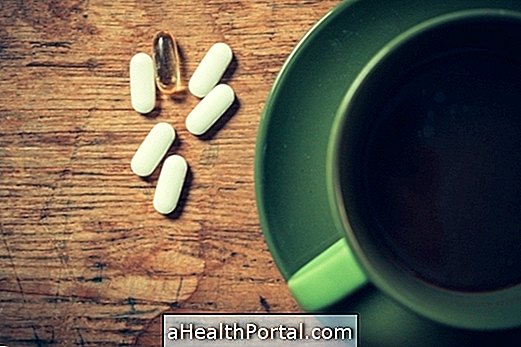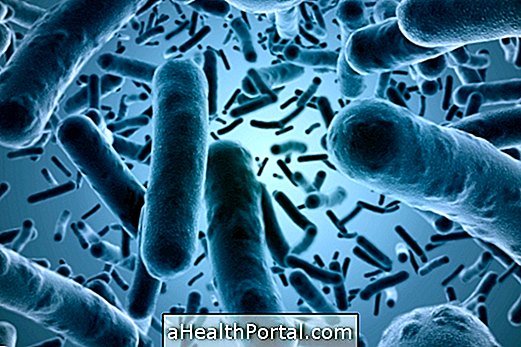Pancreatitis is a serious inflammation of the pancreas, the main organ responsible for digestion of nutrients in the intestine, and its symptoms usually include severe abdominal pain, nausea and yellowish stools with signs of fat.
Its treatment is mainly done through the use of medicines, but in more serious cases also it is necessary to do surgery.
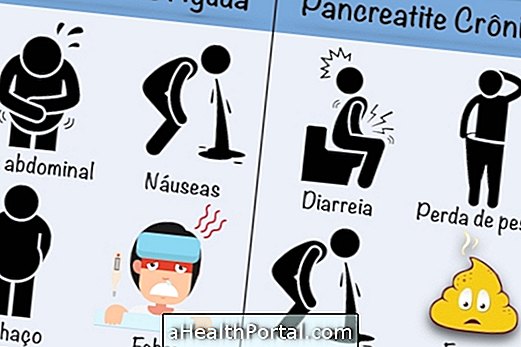
Symptoms of acute pancreatitis
Acute pancreatitis occurs suddenly and is usually cured in a few days following proper treatment, but in more severe cases of the disease, it can lead to death. Your symptoms are:
- Pain in the upper abdomen, which worsens over time and after meals;
- Nausea and vomiting;
- Swelling and tenderness in the belly;
- Fever;
- Increased heart rate.
In the presence of these symptoms, the doctor should be sought immediately, as the disease may worsen rapidly and cause bleeding or serious problems in the kidneys, lungs and heart, increasing the risk of death.
See more about acute pancreatitis and how treatment should be done.
Symptoms of chronic pancreatitis
Chronic pancreatitis is one that does not heal and worsens over time, causing damage to the pancreas that makes it difficult to function properly, leading to the following symptoms:
- Nausea and vomiting;
- Unintentional weight loss;
- Diarrhea;
- Yellowish stools with signs of fat.
These symptoms are caused by poor digestion of food, which can not be absorbed by the intestine, which can lead to malnutrition of the patient.
Check out more about chronic pancreatitis.

How is the treatment done?
Treatment of pancreatitis is done at the hospital with the use of pain medications and antibiotics. In the acute form of the disease, the patient must not eat until the crisis passes, not to force the pancreas and let the organ disinflame.
In the case of chronic pancreatitis, feeding by catheter may be necessary for a few weeks, and the doctor may recommend the use of digestive enzyme remedies, which help digest food and allow it to be absorbed through the intestine. See more details on the treatment of pancreatitis.
Learn what the pancreatitis diet should look like and watch the following video that offers tips on supplements and foods that you may need to take to help treat this problem:

Possible Causes of Pancreatitis
Pancreatitis arises when the digestive enzymes, which are inside the pancreas, become active before reaching the intestine, irritating the walls of the organ and leading to the onset of inflammation.
Although it can happen in healthy people, pancreatitis is more frequent in some cases such as:
- Excessive consumption of alcoholic beverages;
- Gall stones;
- Cystic fibrosis;
- High levels of calcium in the blood;
- Cancer in the pancreas.
In addition, people with a family history of pancreatitis also have a higher chance of having the problem at some point in their lives.
